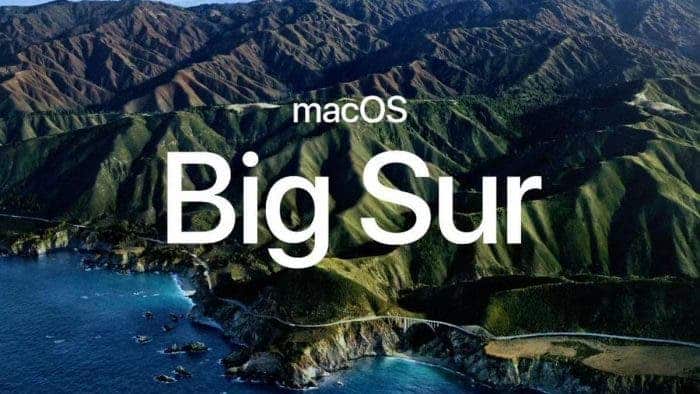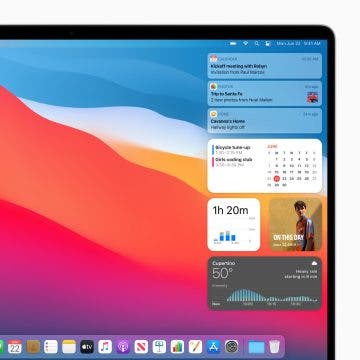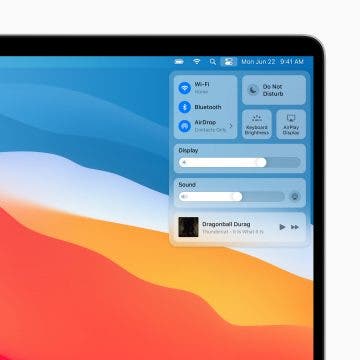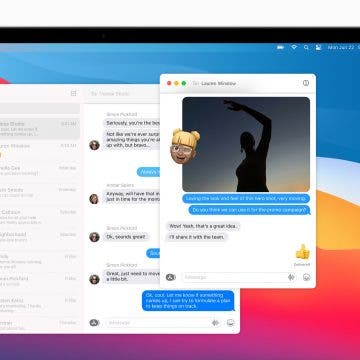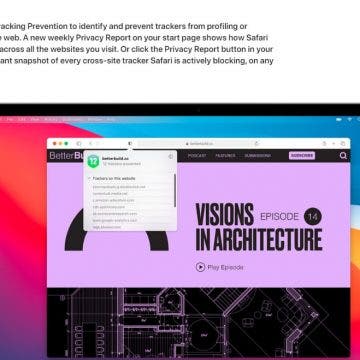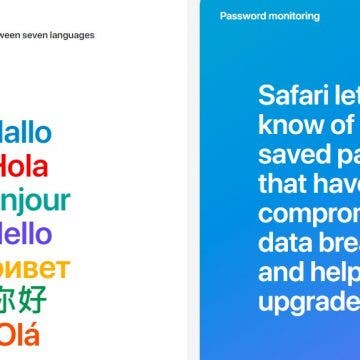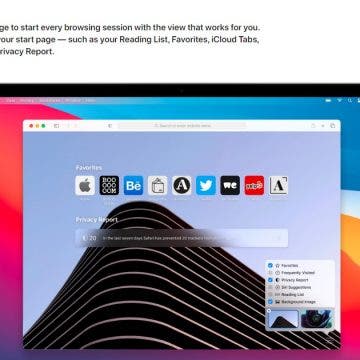Apple WWDC finally happened and brought a set of good news for Apple enthusiasts. Among them, we can list the announcement of iOS 14 and iPadOS 14 as well as the watchOS 7 big reveals. It wouldn’t be the same event without a new OS version for Mac computers, right? Based on this, the company unveiled macOS Big Sur which brings deep UI changes and redesigned apps.
macOS Big Sur
The first and most obvious change in the new firmware is the UI change. The OS is named after another landmark in California and features one of the comprehensive changes to macOS since the days of Mac OS X. The apps now come with new color schemes, transparency effects, and rounded corners, translucent menu bar, new floating dock, and a new set of app icons. The update also introduces new checkboxes, sliders, sheets, sounds, and symbols as well as a brand new iconography. Buttons appear and disappear on the application window as require. The menu bar items are now more space out. Putting all together, the entire UI is completely changed from what macOS users were used to.
macOS Big Sur also introduces a brand new Control Center. Users will feel some similarities with iOS. It allows the user to drag out some items here to pin to your menu bar allowing you to quickly access some features without needing to bring down the Control Center. There is also a new Notification Center, that will show all notifications if you click the clock in the corner. The notifications pretty much follow the design of iOS and there is even a new Widget interface taking a ride on iOS 14 Widget integration.
Safari has been further improved on Big Sur
macOS Big Sur also features improvements to its core applications. Apple’s traditional browser Safari comes with a start page featuring customizable background images and sections like iCloud Tabs and Reading list. Interestingly enough, the browser can detect when you’re on a page with non-native language and offer to translate it for you. According to Apple, Safari is much faster now promising 50% faster performance than Chrome on frequently visited websites. That’s another feature that was a focus in the development of 2020 Apple operating systems – seamless native translation. Safari’s Tab UI has also changed with increased tab density. Users can even close a group of tabs at once. Furthermore, Safari energy consumption has been improved. The company states that it offers 3 hours of more streaming videos and to an hour longer of web browsing when compared to Firefox or Chrome.
Worth noting that Apple’s Safari is also getting extensive support for extensions. It will allow developers to bring in their extensions from other browsers. Users will be able to download extensions for Safari through Mac App Storage. The company has built-in enhanced privacy features for these extensions, preventing how much access they have to your data. You can also choose to allow an extension to have access for just one day, for just one particular site, or all the time. Since we’re talking about security, Apple also placed a Privacy report button on Safari. It allows the user to know which trackers are being blocked by the browser. Safari will also check your saved passwords to see if they were involved in a data breach.
Messages receive the same treatment as its iOS 14 counterpart
The new software brings the same improvements for Messages that we have seen on iOS 14. That includes the new easy access to effects like Balloons and Confetti and Memoji. Those two features were only available on iOS.
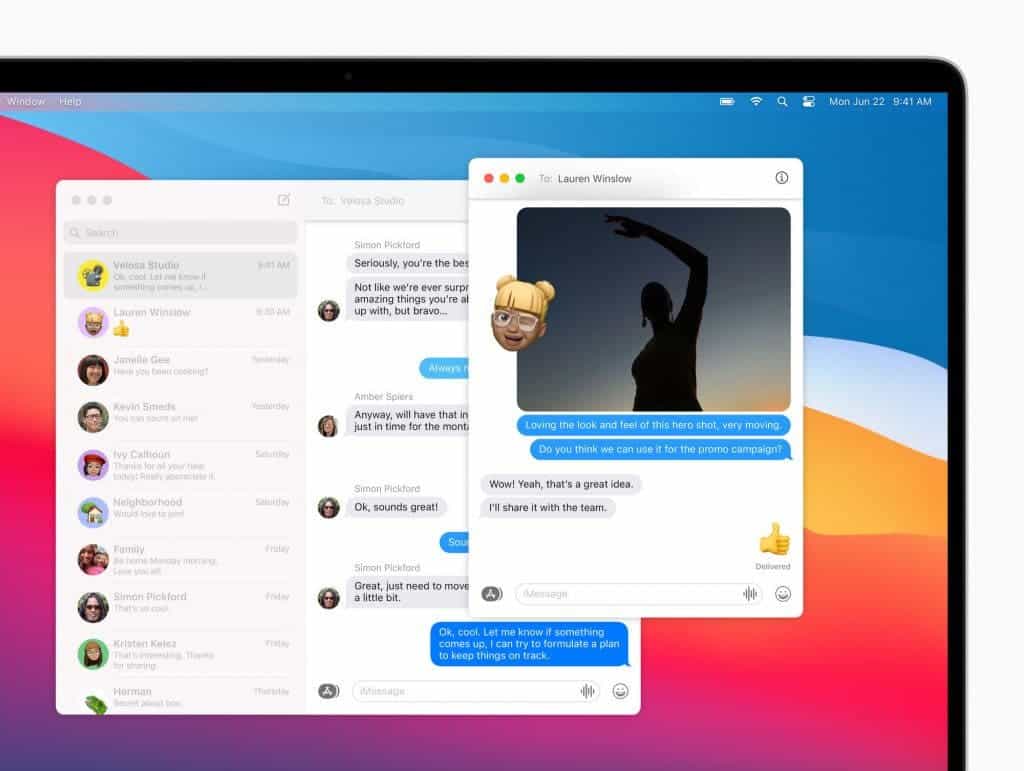
The app now includes a feature that allows the user to pin favorite contacts at the top. The search feature has been redesigned and there are a new photo picker and GIF and image search features. Last, but not least, Big Sur also brings the new group messaging features introduced in iOS 14.
Maps get a deserved revamp
Another important application, Maps, was also revamped. Just like messages, it has been updated to feature the same set of changes as the iOS 14. That includes guides for exploring places where you can use guides from other users or create your own.
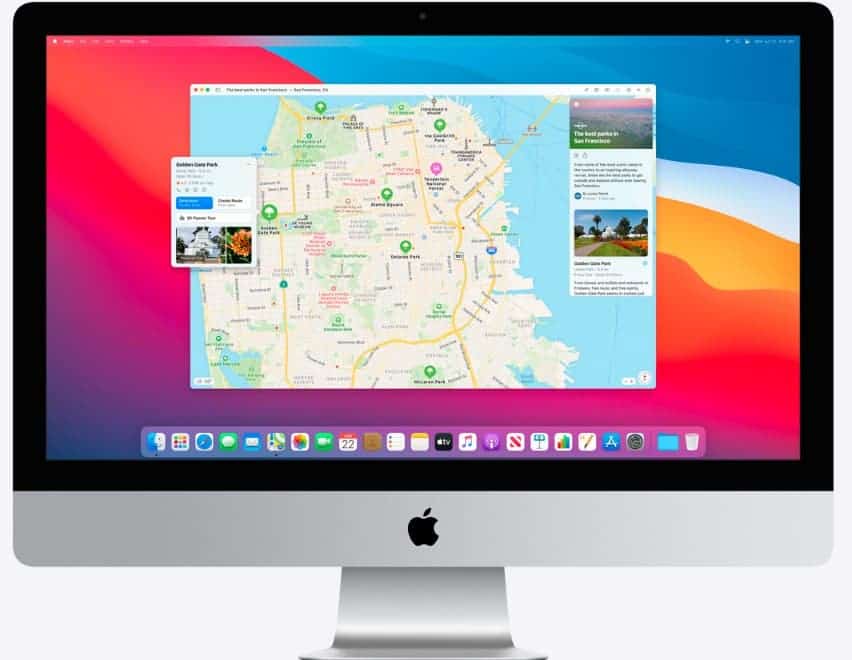
It also brings a Look Around feature for a 360-degree view of destinations and indoor maps of airports and shopping centers. Cycling and Electric Vehicle trips also got some love from Apple since these trips can now be routed on a Mac and sent directly to your iPhone.
Other features include
- Expanded Editing Capabilities within the Photos App
- HomeKit secure video notifications
- Deeper Web Knowledge for Siri
- AirPods automatic device switching
- Listen Now as the new Home for Apple Music
- Faster Updates
For further details check this link
macOS Big Sur smiles to a future unification between platforms
At the very same event, Apple announced that the Mac platform will be changing to its own ARM-based A-series custom processors. This will allow developers to easily bring iPhone and iPad apps to macOS. We can understand why the company is unifying the features offered by each one of its system apps. Perhaps in the future, we’ll see a massive integration and support between these two platforms.
To help developers to build and recompile apps to run on both ARM and Intel-based Macs, the company is providing Universal 2. Moreover, Rosetta 2 comes to allow users to run x86 based apps on the upcoming ARM-based Macs. Last but not least, the long waited for virtualization for running other operating systems within macOS.
The company will sell a dev kit for $500. It consists in a Mac Mini running the Apple A12Z Bionic with 16GB of RAM and 512GB SSD along with all the required software tools for developers to start building and recompiling apps for the ARM platform.
The new software version will be coming later this year in Fall. The developer beta, however, will be released today. Users interested in the public beta will be able to install it in July. The new OS will offer support to MacBook (2015 and older), MacBook Air (2013 and later), MacBook Pro (Late 2013 and later), Mac mini (2014 and later), iMac (2014 and later), iMac Pro, and Mac Pro (2013 and later).

